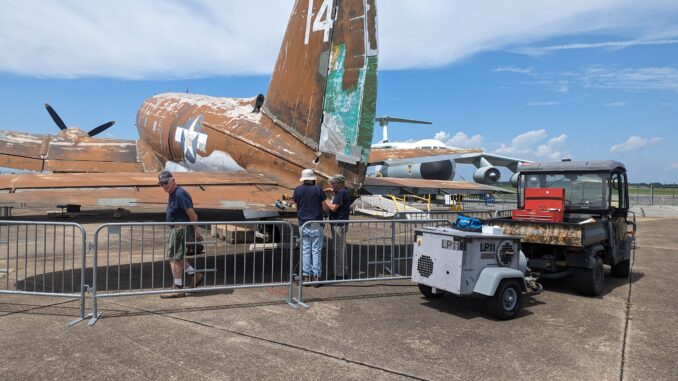
By Noah Stegman Rechtin
Almost a year after the Air Mobility Command Museum (AMCM) at Dover AFB, DE added a Curtiss C-46 Commando to its collection the museum is making good progress on the World War II transport’s restoration. The aircraft not only fills a major gap in the museum’s collection of airlifters but also had quite the interesting life of its own. Therefore, before getting to the restoration, it is worth covering the aircraft’s earlier history.
According to Aerial Visuals, C-46A 43-47350 has a very interesting history. It was initially delivered to the U.S. Army Air Force in May 1945, but was almost immediately transferred to the Chinese National Aviation Corporation which was run by the Nationalist Chinese government. It then was then acquired by none other than Claire Chennault of Flying Tigers fame on December 19th, 1949. Registered as N8346C, it was operated by the secretive Civil Air Transport (CAT). It was likely acquired as a replacement as the airline had lost two other C-46s in crashes less than two weeks before (as noted by Wikipedia). At the time the C-46 was engaged in clandestine operations supporting the Nationalist government in their civil war against the Communists. Specifically, starting in November a history of CAT notes it was involved in furiously evacuating Nationalist forces in the face of the Communist advance that would eventually cost the former control of the Chinese mainland.
After almost six years in CAT’s employ, some under Central Intelligence Agency control, 43-47350 was sold to Zantop Air Transport and eventually reregistered as N611Z. While flying for the company, the aircraft suffered two gear collapses in 1964: one in February at Lowry Field and the other in November at the Greater Cincinnati Airport. It changed hands in 1968 and again in 1973 and in that year the hapless aircraft suffered a third belly landing – this time after an engine failure. It was repaired as sold to a cargo outfit in Florida called American Flyers, with which it flew until 1986. After a few years in storage, 43-47350 was acquired by the National Museum of Naval Aviation at Pensacola and flown in to the museum. When it arrived, the aircraft’s three-bladed Hamilton Standard propellers were swapped out for the correct four-bladed Curtiss Electric propellers and the C-46 was placed on display on the ramp behind the museum.
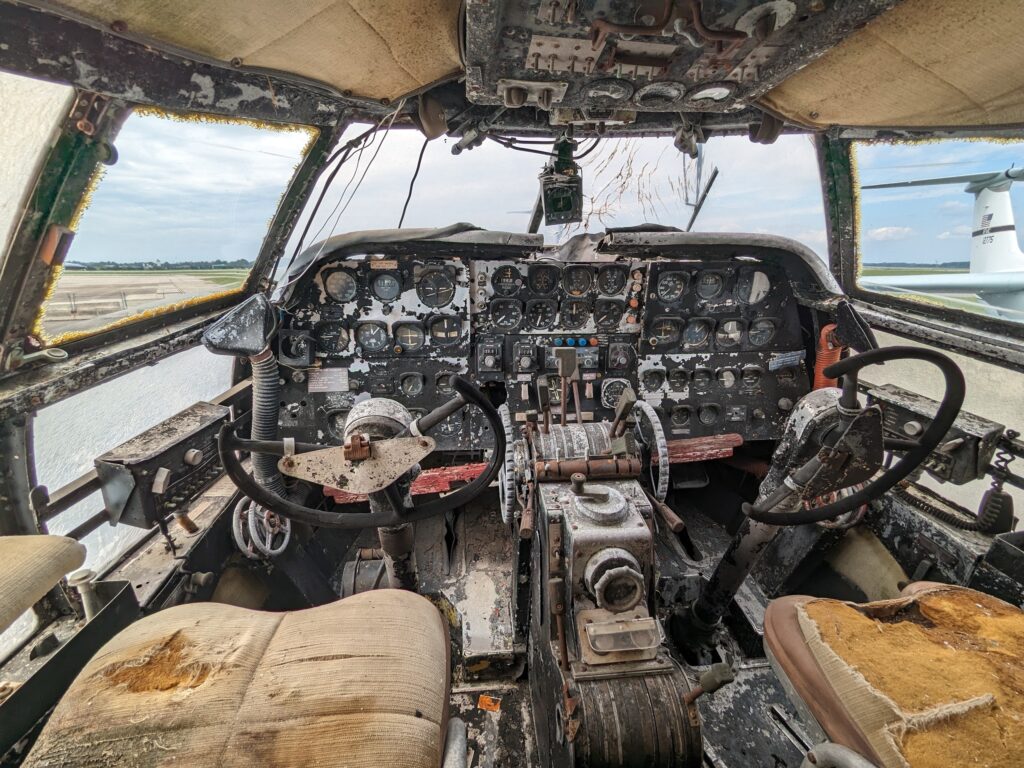
However, the C-46’s link to naval aviation was somewhat tenuous as only five percent of the Commandos produced were ever operated by the U.S. Marine Corps as R5C-1s, and 43-47350 was never one of them. So in 2023 the weather worn aircraft was transported to the AMCM which, despite having a much greater connection to the C-46, lacked an example. Following its arrival on June 5th of that year, the museum began restoring the aircraft as part of a restoration that is expected to take four to five years. When completed, the aircraft will fill an important hole in the museum’s collection of major United States Air Force airlifters.
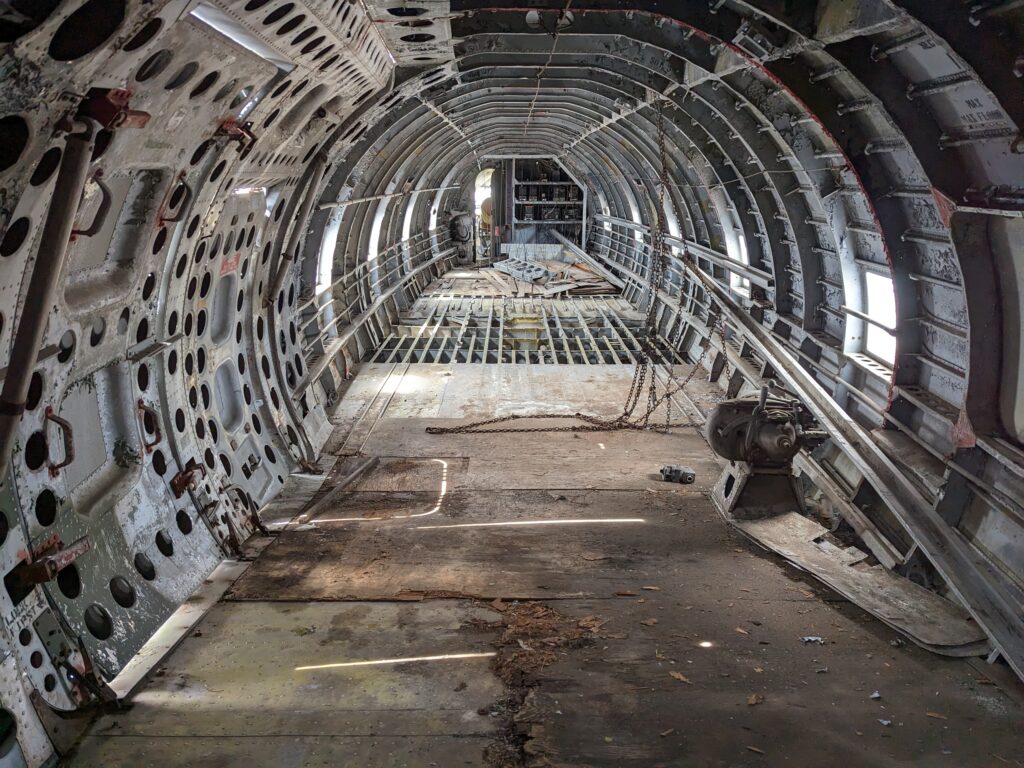
The museum has previous experience with restoring aircraft from the harsh Florida climate. As covered in a previous Vintage Aviation News article, it received a Boeing KB-50J that had been on display at MacDill Air Force Base in Florida. As evidence of the work the museum had cut out for it with their new project, a McDonnell-Douglas F-4E (66-0302) that was on display at the same location had to be scrapped. A year prior, in December 2016, the AMCM had also rescued a rare C-119C that air dropped bridge sections to encircled United Nations forces in the Battle of Chosin Reservoir during the Korean War.
During the final years of its flying career the AMCM’s C-46 was used to transport cattle and evidence of this can still be found throughout the fuselage. Metal rails cover the windows and floor-to-ceiling cabling protects the forward bulkhead from the “cargo” doing any damage. The floor was not as lucky and is dented from the animals’ hooves. Not all vestiges of its military service are gone, however, as original stenciling which indicates where the wheels of 37 and 75 mm guns should be secured remains.
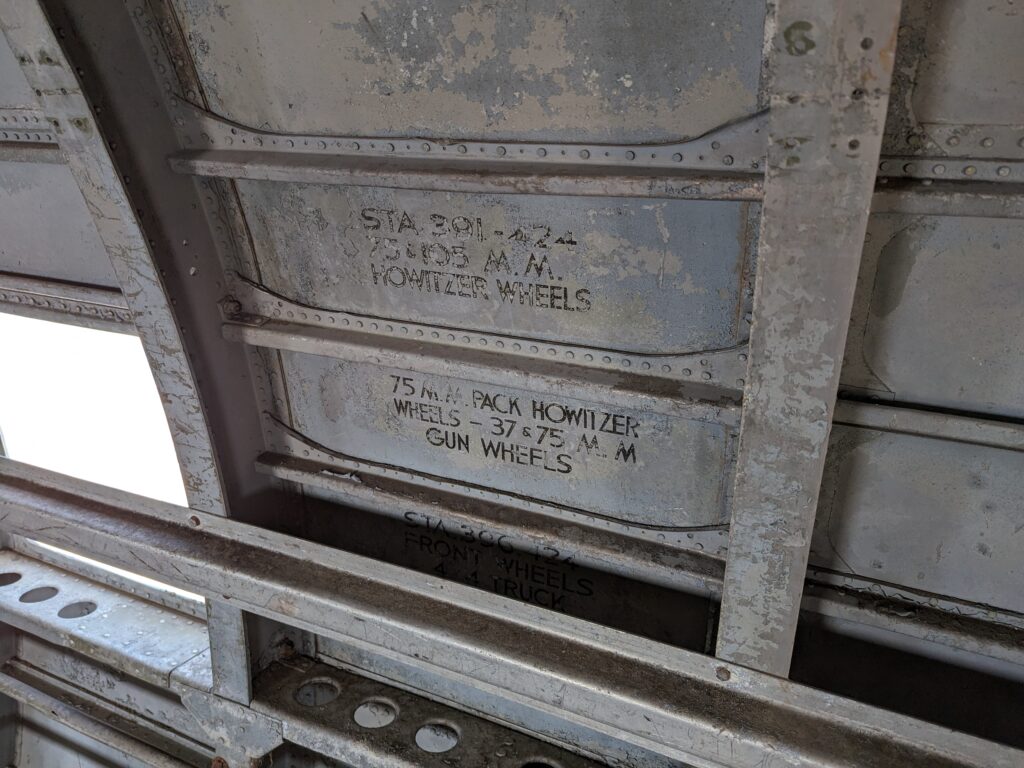
The flanges that secure the vertical stabilizer and wings have been remanufactured as they had begun to exfoliate. Similarly, new L-channels on the wing trailing edges, stringers in the tail, and panels in both locations have been fabricated. The wingtips were corroded and have been made new as well. All of the fittings in the wheel wells and wings will have to be removed due to the corrosion their deteriorating condition has caused, with only the fuel and oil tanks being reinstalled.
The museum estimates that the restoration will take another four to five years. However, the project benefits from the adjacent Dover Air Force Base, which provides assistance with sheet metal work.
For more information about the Air Mobility Command Museum please visit their website. If you wish to help their projects you can donate to the AMC Museum Foundation here.
Related Articles
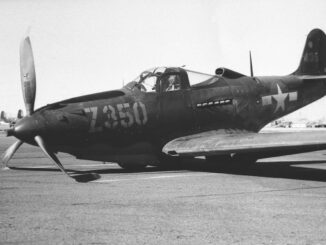
Wreckchasing 102: Exploring Military and Commercial Aircraft Crash Sites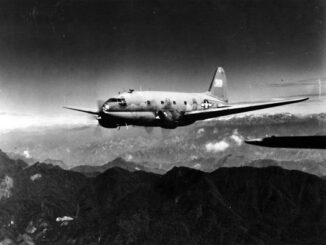
Hump WWII Museum Opens in India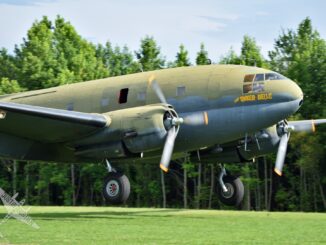
The Tinker Belle Arrives at Military Aviation Museum!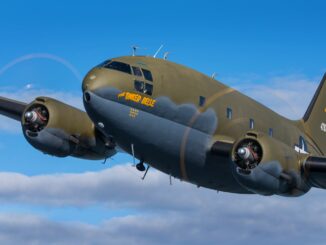
Curtiss C-46 Commando to Join Military Aviation Museum Collection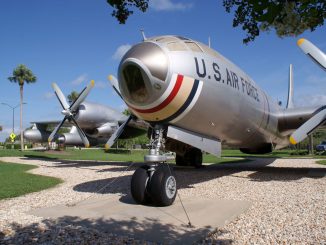
MacDill AFB’s KB-50 Moves to Air Mobility Command Museum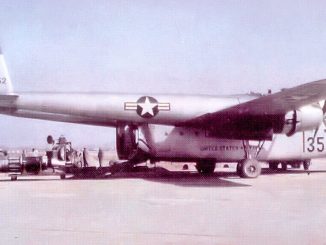
Air Mobility Command Museum Rescues C-119
Zac, born and raised in New Zealand, grew up immersed in aviation, with his father working as a helicopter crewman and living at Wanganui Airport. His passion for aviation started in childhood, building scale model kits and following the global warbird scene. He later trained as a journalist but found mainstream media unfulfilling, leading him to pursue a career as an aircraft maintenance engineer.
Now residing in Blenheim, near the historic Omaka Aerodrome, Zac studies at RNZAF Base Woodbourne and aspires to become a private and warbird pilot. Known as "Handbag" in aviation circles, he shares his love for aviation through photography and writing, connecting with enthusiasts worldwide.


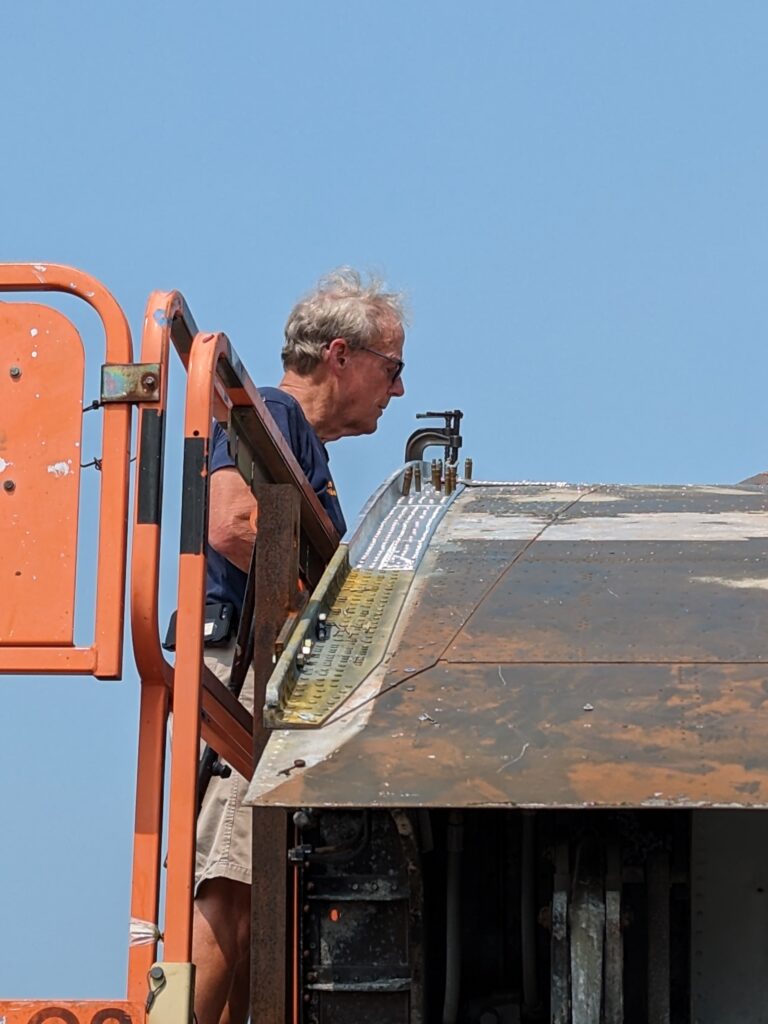
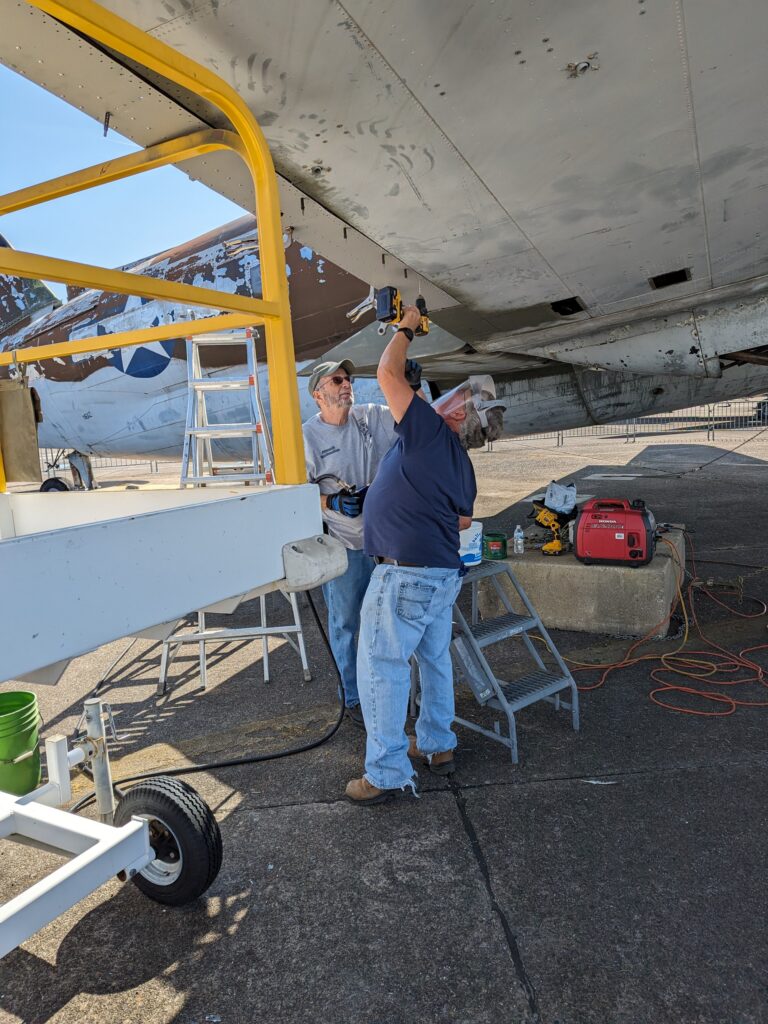

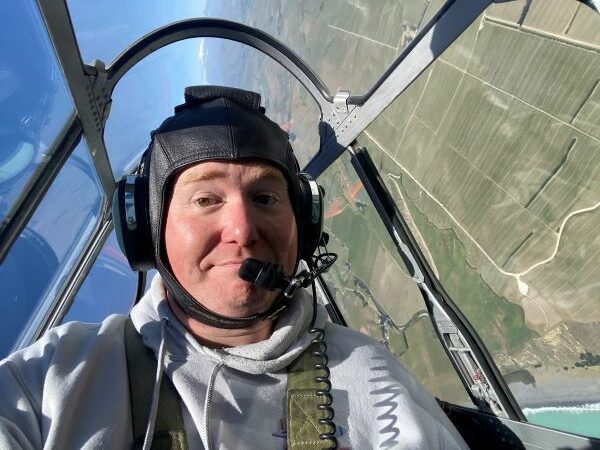

How many? C46’s Are flying today.
There are a few still around. There’s two regularly flying cargo by Everts Air in Alaska and two in Canada by Buffalo air. Everts has three more in storage, two of which were rolled out and flown at least twice last year. There is one named “Tinker Belle” that does the airshow circuit in US. The Commemorative Air Force flies the “China Doll” too. A quick search found some sites that state there are 50 still flying today, but that sounds a little high to me.
Tinker Belle is going through a lengthy refurbishment and China Doll is grounded. So, there are no currently flying C-46’s in the lower 48.
Yes, Buffalo Air flies theirs routinely on the show Ice Pilots
Kudos to the museum but. Everytime I hear Air Mobility Command I cringe. I knew it when it was Military Airlift Command (MAC) and Military Air Transport Service (MATS) before that. Or how about Tactical Air Command (TAC)? More lost Espri De Corps. Just like the “Joint Bases”. The Canadians experienced it first and now us.